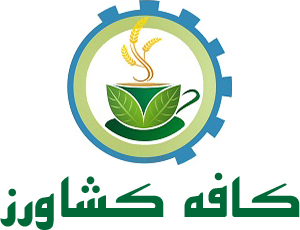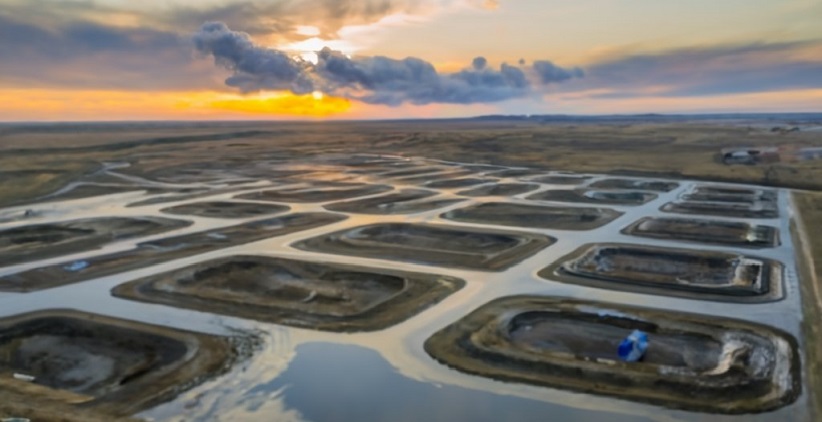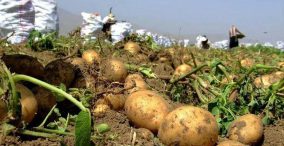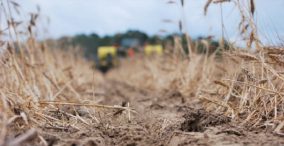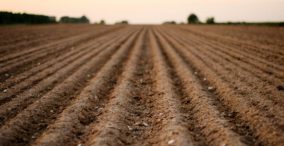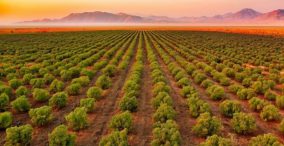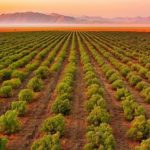Landfill leachate consists of various pollutants such as organic pollutants, suspended solids and heavy metals.
Water pollution from sewage transport has become a serious environmental concern worldwide due to its adverse effects on human health, aquatic organisms, and agricultural crops.
The use of types made in recent years has received special attention due to their high efficiency in order to remove and reduce significant pollutants such as nitrogen.
In general, organic pollutants such as COD and BOD5, inorganic compounds such as phosphorus and nitrogen, heavy metals and suspended solids are the four most important wastewater pollutants whose removal has been evaluated in constructed lakes.
The results of the investigations show the load and quality of the input sap, the ability of the sap to feed and grow microorganisms, the type and structure of the substrate used and their classification, the slope and age of the wetland, and most importantly, the quality of the wetland construction plays a decisive role in the functioning of the wetland. has it.
In general, the vertical subsurface type is recommended to remove COD, heavy metals and total nitrogen, the horizontal subsurface type is recommended to remove suspended solids and total phosphorus, and the combined type is recommended to remove BOD5 and ammonia.
Despite this, it is necessary to carefully study the design and construction of the built system in order to achieve better performance and higher economic efficiency.
Also, combining other purification methods with constructed purification systems such as anaerobic reactors and fuel cells, in addition to the use of aeration, recirculation and sedimentation processes, and the use of modifiers such as zeolite and biochar are also suggested to increase efficiency.
The importance of setting up constructed wetlands
Population growth and consumerist lifestyle have caused significant increases in the production of urban solid waste. The leachate produced by the landfill is a major problem for solid waste facilities.
The sap usually contains a high concentration of pollutants and toxic compounds that can seriously threaten the environment and human health.
As a result, it needs to be properly filtered before publication and release. Landfill leachates are usually treated by conventional methods such as anaerobic sludge with upward flow, reverse osmosis, ion exchange, ultrafiltration of discontinuous reactors, activated sludge and chemical coagulation.
Each of these methods not only require high costs of construction, installation of equipment, maintenance and utilization, but the consumption of non-renewable energy in the way of wastewater treatment in these systems is also unavoidable.
On the other hand, constructed types are considered as more sustainable and environmentally friendly solutions for landfill leachate treatment, and they treat sewage with very little or no energy consumption.
Constructed reservoirs are engineered systems that are designed and built to imitate the processes in natural reservoirs, including sediments and microorganisms, to improve water quality. These processes are based on Pollutant removal uses different streams of sewage.
In constructed types, wastewater is processed through physical processes (sedimentation, filtration), chemical processes (sedimentation, absorption and complexation) and also biological processes (microbial decomposition, absorption from the water column, action and reactions of the plant roots) are filtered.
Constructed types have been used to treat a wide range of wastewaters, including mine drainage, runoff, domestic sewage, industrial sewage, agricultural drainage, and landfill leachate.
The leachate of the garbage dump has been identified as a complex mixture that causes severe pollution of soil, water and air ecosystems.
Garbage sap is formed when atmospheric precipitation penetrates into the waste at its burial place and transfers special forms of pollutants and microbial decomposition products of the waste.
In general, an effluent is defined by two factors: volumetric discharge and its composition or components. The flow rate and volume of leachate are directly related to rainfall, surface runoff, solid waste infiltration (or infiltration into groundwater), soil drainage and piping system, the nature (thickness and material) of the soil cover and vegetation cover of the burial site.
Also, the climate has a great effect on the volume of sap production because it affects the amount of rainfall and its evaporation.
In the end, the production of leachate on the nature of the garbage itself, i.e. its water content and the density of solid waste. When wastes are less compacted, leachate production generally increases, because compaction reduces the filtration rate.
Results and suggestions
In Emadi and Mousavi’s research, the following suggestions and results have been obtained:
Use of barren and dry land: The use of barren and dry land greatly reduces the cost of wetland construction. Also, the construction of constructed wetlands in dry lands will help to create habitats for many species of amphibians and reptiles.
Insect and Odor Control: The lower leaves of the plant are soaked in water and decompose after they die. Therefore, it is recommended to remove fallen leaves and dead plants from time to time to minimize the problem of odor and vector insects.
The use of nematodes and local fish helps to destroy mosquito larvae and thus reduces the reproduction of insects.
The place of constructed wetlands can be promoted as a tourist area and environmental education center.
The income from it can be used for the implementation of laboratory and research and development programs in the wetland area.It seems that the degree of success of the treatment system in terms of pollutant removal efficiency by constructed wetland systems varies depending on the effluent properties, selected plant species, availability of microbial community, weather conditions, physical and chemical properties of the soil, and the configuration and constructed wetland system.
It is well established that nitrogen, phosphorus, heavy metals, BOD and COD can be successfully removed to a large extent by constructed wetland systems.
In addition, these systems, with proper management, save costs by eliminating the transportation process and various purification mechanisms that were previously performed.
However, some of the harmful effects of waste leachate may have a negative effect on the treatment efficiency of wetland plant species.
Source
Emadi Baladhi, Mostafa and Alireza Mousavi Elirdi (2024) A review on the purification of landfill leachate in constructed wetlands. Environmental science studies.
